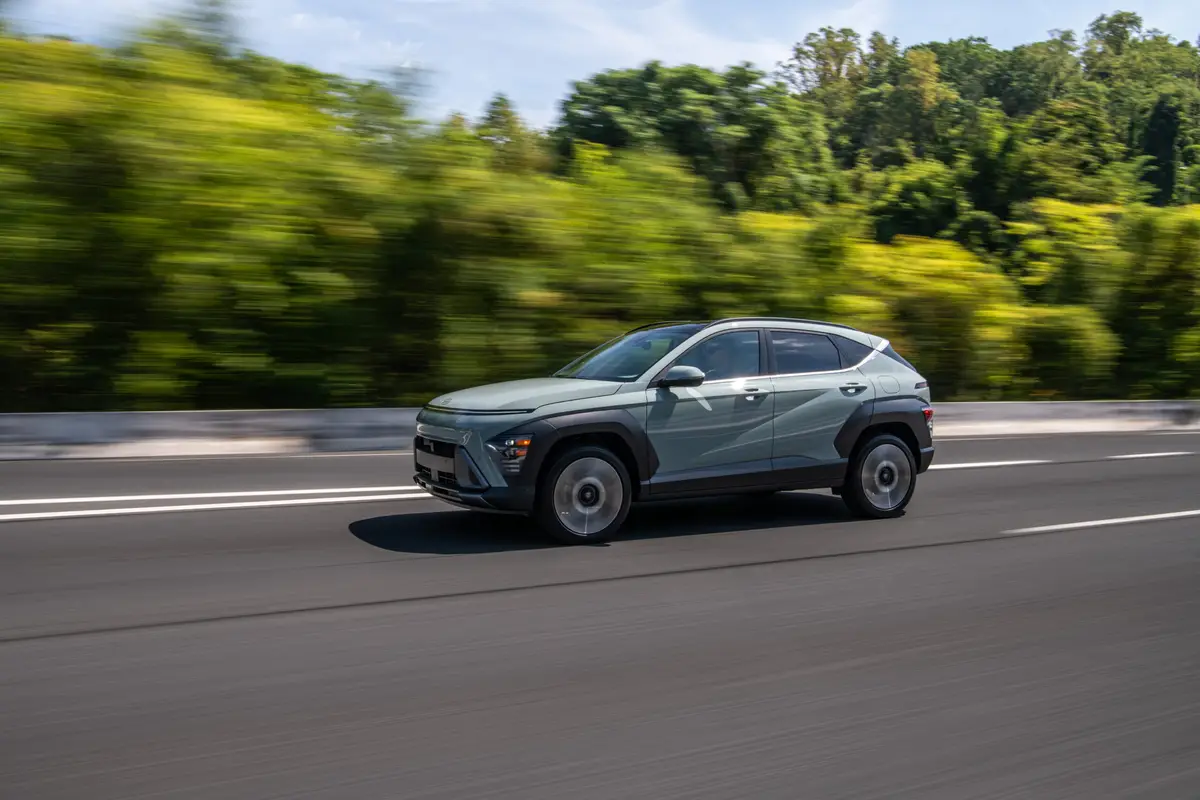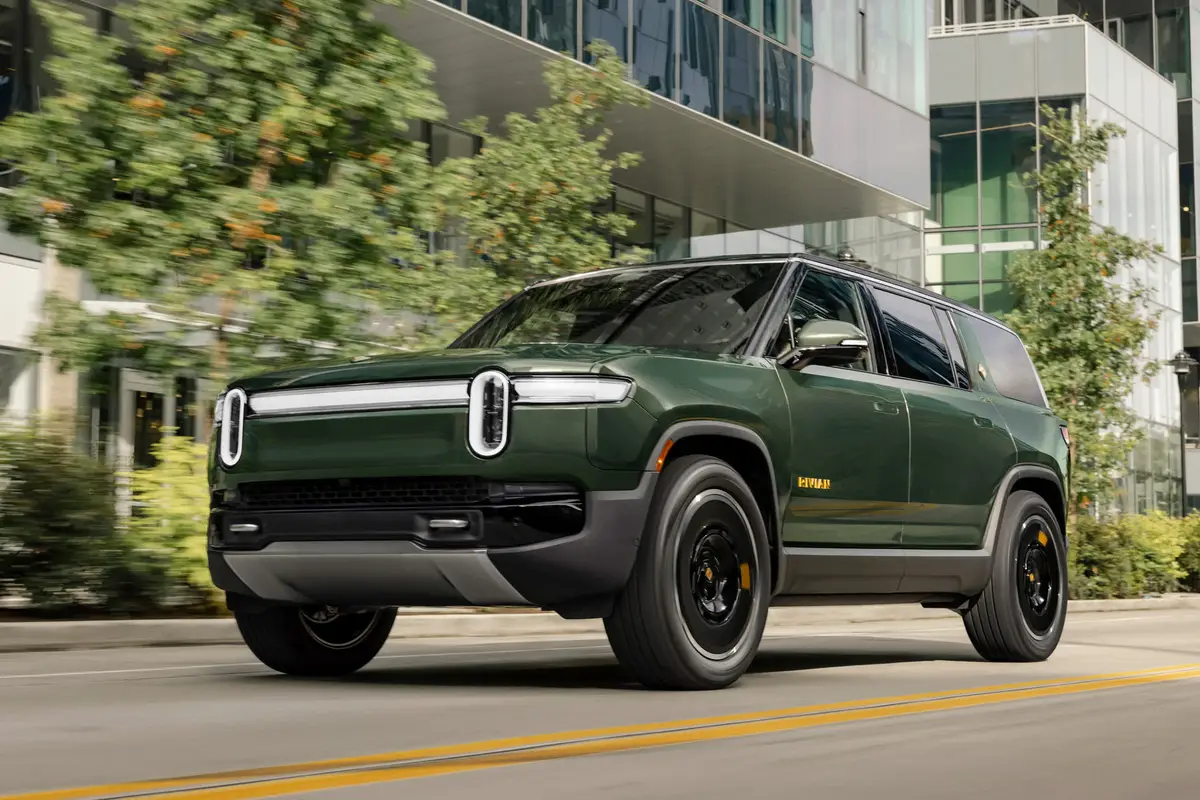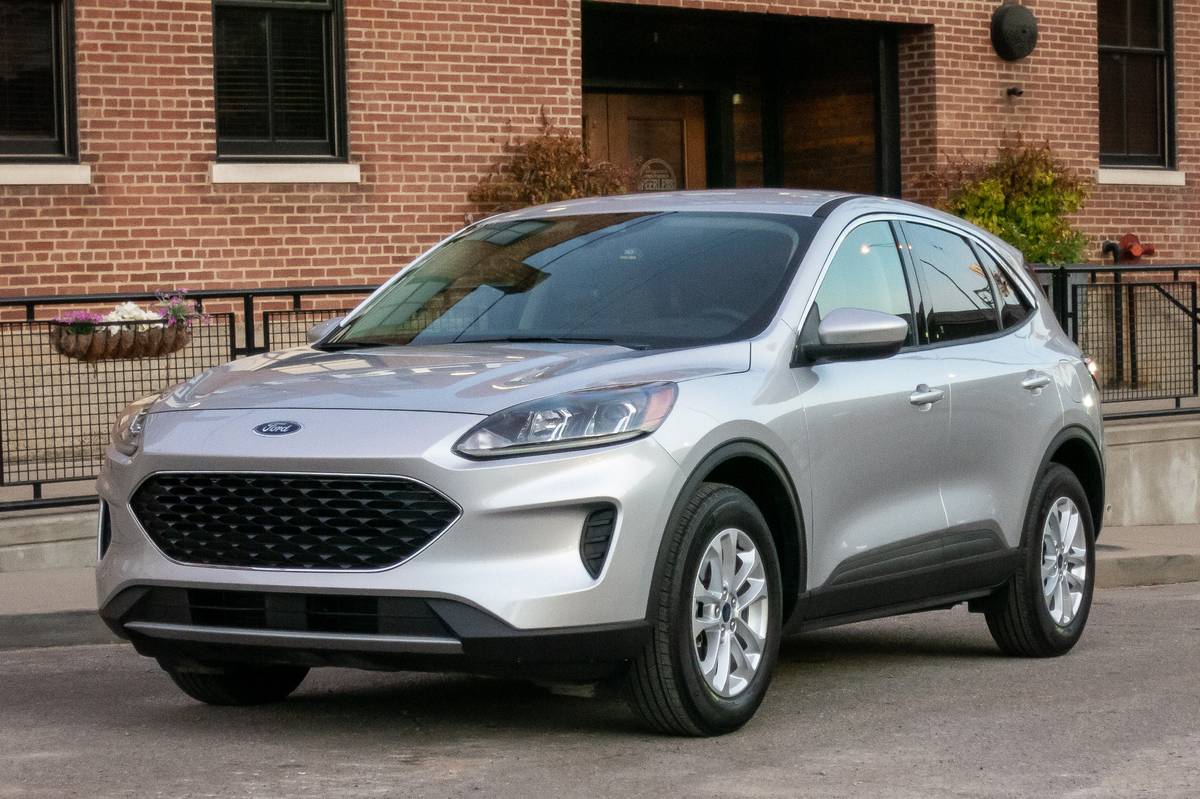The Morning Call and Mcall.com's view
Traction is the big attraction for four-wheel-drive utility vehicles, but with or without snow these rugged vehicles are enjoying an avalanche of popularity.
Once an unadorned and unrefined vehicle for work and the outdoors, the utility vehicle has been civilized. It’s now a vehicle of choice for many.
As with the pickup truck, the utility vehicle is an American innovation. However, you may have noticed that a lot of utility vehicles (as well as pickup trucks) have Japanese names. But, then, what else is new?
Surprisingly, the Japanese, who created the modern small pickup, were slow to jump into the utility-vehicle field. But once in, it looks like they’re here to stay. For example, the Toyota 4Runner is a vehicle as American as Mom’s homemade sushi.
Here is a ruggedly handsome vehicle ready for a trip to the mountains or a romp through the city. The test vehicle – a top-of-the-line SR5 V6 model supplied by J.H. Bennett Inc., Allentown – proved to be at home in both environments, all with a maximum of comfort and convenience and a minimum of fuss.
The 4Runner is one of the larger of the compact utility vehicles, which may sound like somewhat of a contradiction, but, as you may have noticed, little trucks and UVs have been growing. The vehicle has a wheelbase of 103 inches, length of 174.8 inches, width of 66.5 inches, height of 66 inches and curb weight of 3,735 pounds.
You will notice that as with other compact UVs, the 4Runner is as tall as it is wide and is a fairly heavy little vehicle. For those interested in carrying and/or towing, the gross vehicle weight rating is 5,180 pounds and the towing capacity is 3,500 pounds.
The interior is rated for five people and all five will have decent room. Entering and exiting this two-door vehicle is made easier by a sliding front passenger seat with memory. The tailgate glass can be opened from the outside by a key, which facilitates loading and unloading smaller articles. And there is a real fold-down, sit-on tailgate. It’s perfect for – that’s right – tailgating. With the rear seats folded, cargo space measures 81 cubic feet; with them in place, there’s still more than 40 cubic feet of cargo space.
Rather interestingly, the 4Runner has a utility-vehicle feature that once was a mark of UVs but is not seen that much anymore – a removable top. Well, actually, it is the rear of the roof; the front part stays in place. This offers all kinds of possibilities for fun in the sun, but keep in mind removing it is not as easy flipping a switch for a convertible top.
Driving the 4Runner shouldn’t present problems to any licensed driver. The test vehicle did have a five-speed manual transmission, meaning one should know how to clutch and shift. But even so, all is not lost since a four-speed automatic is available. The 4Runner’s handling is predictable, but as with all compact UVs, one cannot take the curves and corners as if it were a passenger car. Common sense and judgment must be used.
The ride is firm, but not at all uncomfortable. Helping here is an independent front suspension featuring double wishbone, torsion bar, gas- filled shock absorbers (on V-6 models) and stabilizer bar. The rear suspension has leaf springs with staggered shock absorbers. Rounding out everything are P225/75R15 tires.
Two-wheel drive and four-wheel high and low are controlled by a two-speed manual transfer case. This means the vehicle must be stopped before the mode is changed. The test vehicle had automatic hubs, so at least they don’t have to be locked. (Models other than the SR5 and SR5 V-6 have manual locking hubs.) For those who take their off-road four-wheeling seriously, it will be a comfort to know that the engine, differential and fuel tank are protected by steel skid plates.
The V-6 engine powering the 4Runner was only introduced in the middle of the l st model year, but, understandably, it has proven to be popular. The engine displaces 3 liter/181 cubic inches and features a 60-degree ”V” design, belt-driven overhead cams and multi-point fuel-injection.
Rated at 150 horsepower at 4,800 rpm and 180 foot pounds torque, the engine provides healthy performance for all driving conditions. Performance is also helped out by the sensible spacing of gears in the five-speed manual transmission.
Fuel mileage for the test vehicle came to 19 mpg over the highway and 13 mpg in the city. Not great, but not bad. Unleaded regular can be used.
The V-6 is standard in the SR5 V-6 and optional in other 4Runner models. The standard engine for the other models is a 2.4-liter/144-cubic-inch overhead cam four-cylinder rated at 116 horsepower at 4,800 rpm and 140 foot pounds torque at 2,800 rpm. This engine should give the 4Runner adequate though far from thrilling performance.
As with similar four-wheel-drive utility vehicles, the 4Runner doesn’t come cheap. Base price for the SR5 V-6 is $17,128 – certainly a big base in any league. Fortunately the base does include a list of standard equipment. In addition to those already mentioned, there are power brakes and steering, variable intermittent wipers, rear window wiper and defogger, split fold-down rear seat, tinted glass, reclining bucket seats and AM/FM stereo with two speakers.
Full price, with a destination charge of $345, came to $19,466.95. Options were: chrome package, $220; chrome wheels, $220; rear heater, $125; fabric sport seat package, $290; air conditioning, $795; carpet mats, $54.95; ”Ultra Mirror,” $109, and trailer hitch, $180.
The 4Runner is protected by a 36-month/36,000-mile warranty on the entire vehicle and a five-year corrosion perforation warranty.
Latest news



